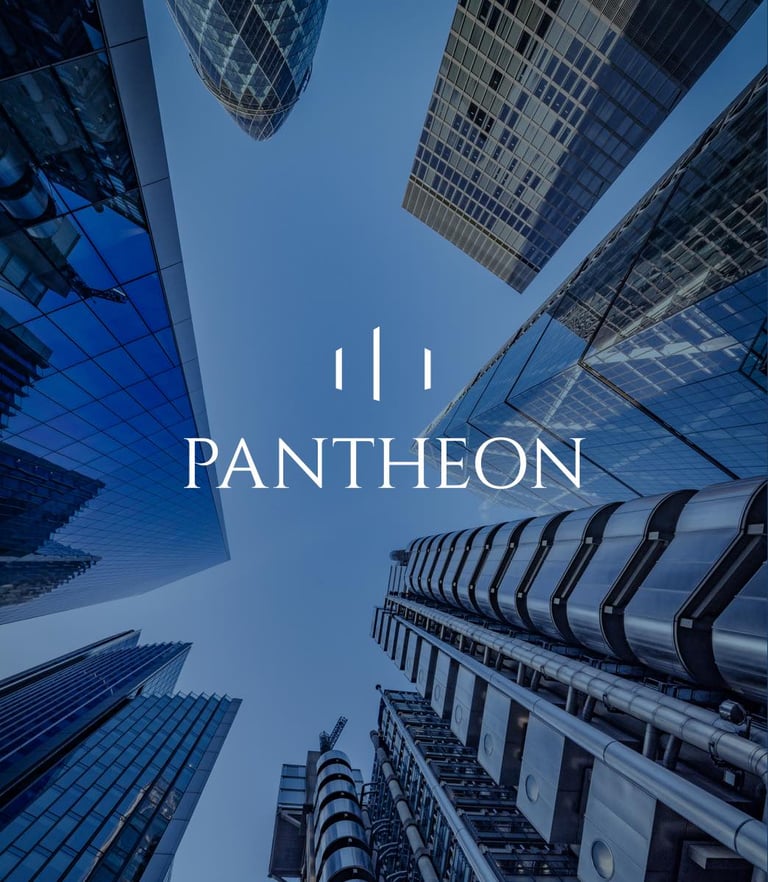The key Pantheon International (LON:PIN) results message was “more of the same”, including: i) market-beating core NAV growth (known given previous disclosures); ii) strong EBITDA growth in underlying companies; iii) good cash generation; iv) strong uplift to carry cost from realisations (giving valuation confidence); and iv) a conservative over-commitment policy. In our initiation 11.9% average annual NAV growth since 1987, we noted: i) PE funds outperform quoted companies; ii) PIP is in the right parts of the PE market; iii) the Pantheon family benefits; and iv) a value-added fund selection process. PIP gives access to the whole PE market, with strong corporate governance.
- Interim results summary: While valuation gains and income (+5.2% NAV) and expenses (-0.8%) were consistent with 2013-19 averages, the period saw an adverse forex effect (-3.4%) reducing NAV growth to 1%. We believe the consistent underlying delivery by the business bodes well for the future.
- Detail: PIP’s underlying companies are delivering annual revenue and EBITDA growth of 18% and 22%, both well ahead of market averages. Net cash generation in the period was £64m and the group remains much less over-committed than peers. Realisations were 3.6x cost and had an average 34 % uplift to book values.
- Valuation: PIP’s discount has reduced in recent months, but it still trades at a 22% discount to NAV, despite its long-term outperformance. We believe the “real” NAV is likely to be above the book value, making the discount even higher. PIP re-invests returns for superior capital growth and does not pay a dividend.
- Risks: Sentiment to the economic cycle is material (PIP’s NAV rose every year in the early 1990s’ recession). Even though PIP has permanent capital and proven uplifts on exit, market sentiment to investments with illiquid and unquoted shares is adverse. Sentiment to the sustained discount may be an issue and there could be short-term, forex-exchange-related volatility.
- Investment summary: Pantheon International is in an attractive market, can pick the best part of that market and has competitive operational advantages. Its manager selection and portfolio structuring have added value. Corporate governance appears strong, and the “real” value of the assets is, we believe, above their accounting value. Investors are getting liquid access to the whole PE market. There are risks around the cycle, and illiquid and unquoted underlying assets, but comparing these with the historical returns makes the current discount an anomaly.




































